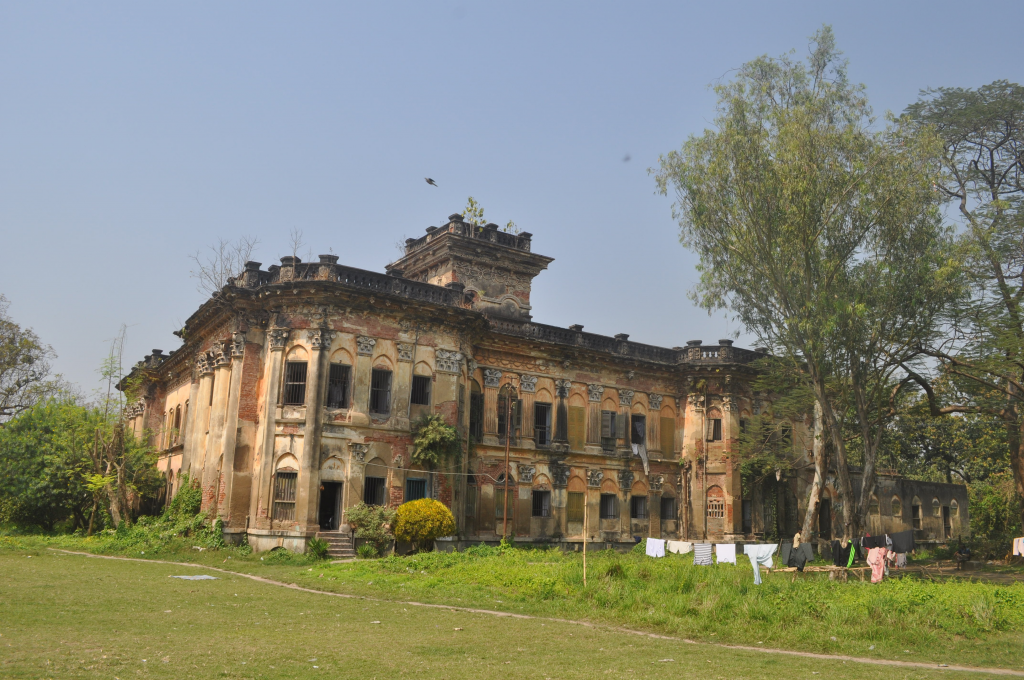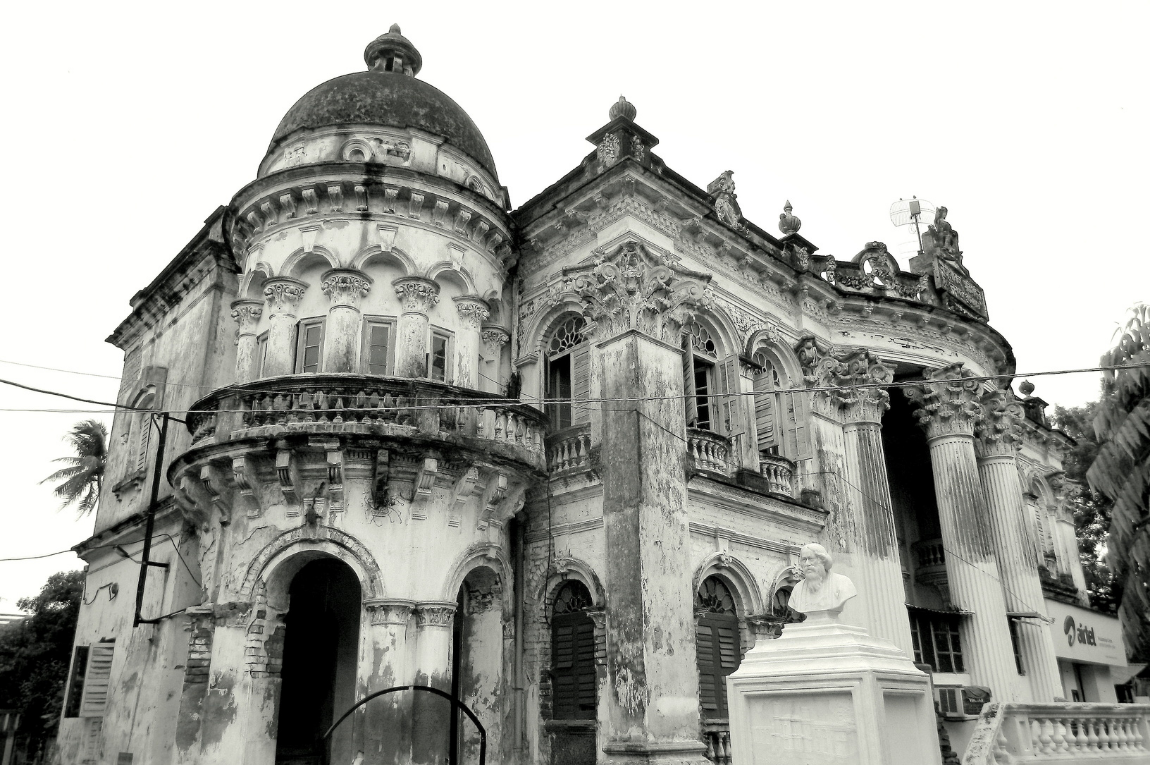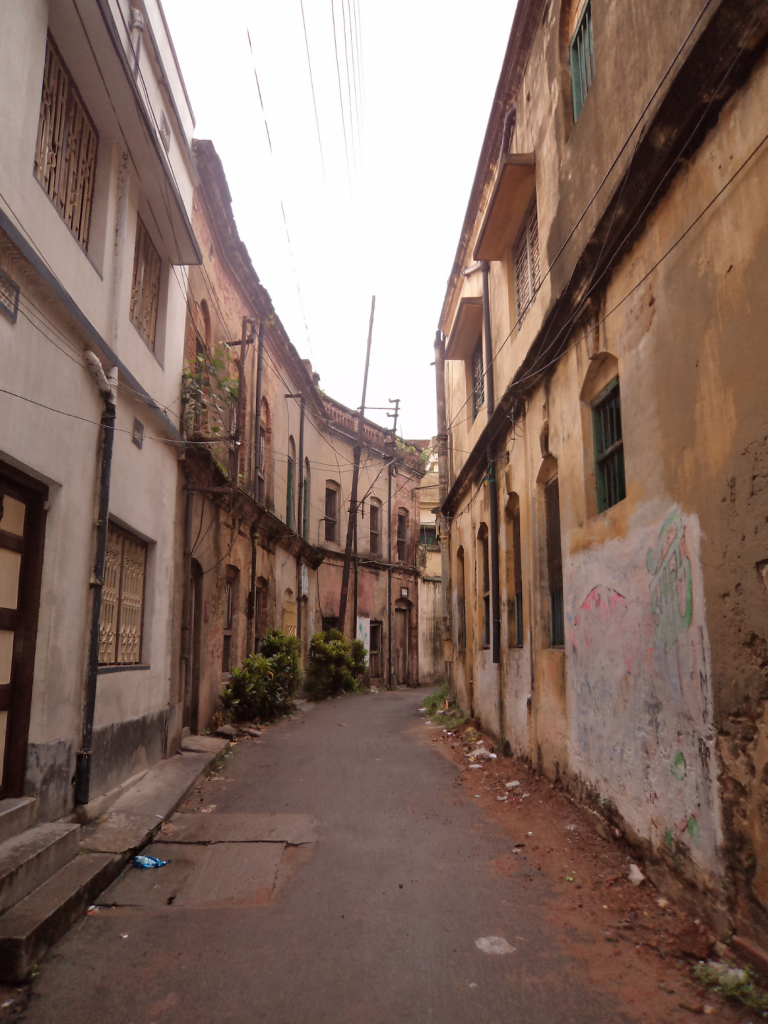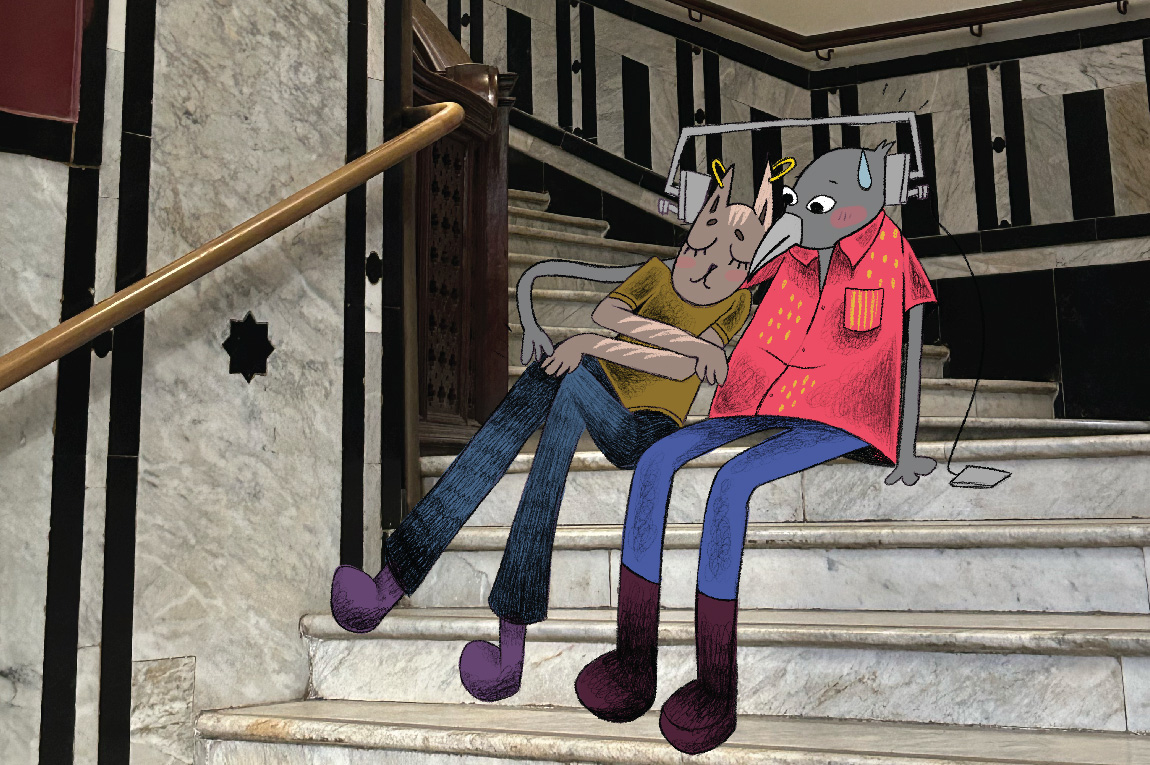The Franco-Bangla town of Chandernagore in West Bengal first caught my imagination in 1998, when I was a first-year student of architecture at the School of Planning and Architecture, New Delhi. For a few months during that time, we ate, slept, dreamt of everything that was Indo-French architecture as we meticulously mapped this shared heritage. When I first set foot in this sleepy town in 2010, as a trained urban conservationist, the questions still remained in my mind — why wasn’t Chandernagore as richly documented? Why had people almost forgotten about it?
Chandernagore, now Chandannagar, is an erstwhile French settlement on the banks of the Hooghly, a mere 50km from Kolkata. It is a testament to the confluence of both cultures, a mélange of Indo-European expression, superbly manifested in its quaint meandering streets, its elegant promenade, and homes planned around courtyards with European-looking facades. Looking up, while these facades appear perfectly European in their proportions, a closer look at the intricate stucco work reveals typical Indian motifs and patterns, inspired from locally found flora and fauna. In the deeper quarters of the town, the details on the intricate cast-iron railings, typical of French architecture, seem to morph from the fleur-de-lis (a typical French floral motif) to Hindu mythological gods.
Today, the frescoes on the walls are almost faded, peeping out from behind new layers of paint. The chandeliers are mostly gone, the original Burma teak furniture finds itself in antique markets across the world. The broken ceilings, falling plaster, and squeaky staircases are all a harsh reminder of reality. These once-grand pleasure palaces have been reduced to crumbling buildings at the last stage of their lives, waiting to bite the dust in the absence of funds for repair and surmounting pressure for redevelopment.

Still, as I walk along the streets, I find old grandmothers in crisp cotton sarees perched on the cast-iron balconies, keeping a keen eye on what’s going on in the streets below. Quaint shops and tea stalls are addas where everything is discussed, from politics to neighbourhood gossip. Decades ago, these streets were home ground for India’s freedom fighters. The French ideals of liberty, equality and fraternity were widely accepted in these padas (neighbourhoods) and it was a welcome space for revolutionaries like Rash Behari Bose, Motilal Roy, Kanailal Dutta and the Prabartak Sangh. Today, even in its ruinous state, there’s a mesmerising charm that captures my heart — this is a French town with a Bengali heart.
Walking around Chandernagore feels a lot like walking the streets of Arles, a city in the south of France. Narrow, winding lanes are enclosed by double-storeyed buildings on either side — some have tall French windows with louvred shutters, others have overhanging cast-iron balconies. A bright, colourful saree suddenly unfurls as a woman goes about her daily chores in the balcony above, and I am instantly brought back to real life. As the smells of the freshly prepared macher jhol and traditional Bengali delicacies waft out from the kitchens of the houses lining the streets, I soak in this blend of Franco-Bangla culture. Come Jagadhatri Puja, these streets and padas transform themselves into visual delights with innovative Puja Pandals, breathing life into a normally sleepy town.
As I meander through the newer parts of town, the image of the French town is diminishing. Family disputes and a lack of resources have forced owners to replace many of the crumbling heritage buildings with generic modern structures. I wonder if it’s too late — will this unique Franco-Bangla streetscape eventually survive only in memory?
Our selection of stays across India, best visited for their design and style. Check in
Aishwarya Tipnis is an award-winning architect, educator and heritage conservationist. She has been spearheading the Heritage & People of Chandernagore project, bringing attention to this unique shared cultural heritage, since 2010. She is on Instagram at @studio.ata.delhi.









